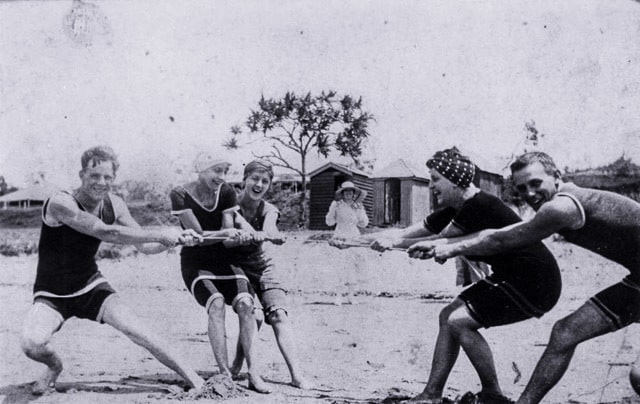Peer Review
Last week’s class introduced key elements of lesson design and assigned Lesson Study I. This week we are going to conduct two peer reviews of each lesson study, before it gets “turned in.” This models the student centered approach – with your peers sharing their higher-ordered review of your work – analyzing and evaluating it’s content. Following their feedback, you get to reflect on your work before turning it in.
We’ll manage the lesson study this way:
- You should bring in 3 copies of your 1st draft. (two to share and to one keep their notes on).
- You will be randomly put in the first peer review paring
- Meet and greet: exchange a quick 1 min intro to your lesson study – grade, subject, scope (one class lesson or a larger unit?)
- Exchange written drafts and study for 3 mins. Mark up your copy if you see typos or want to add suggestions. Develop 3 questions you will ask for clarification.
- Student A questions B. Student B responds 3 mins
- Discussion / Brainstorming / B takes notes to captures modifications 3 mins
- Reverse roles with Student A’s work under review
- This should take us about 20 minutes to review each other’s work. You will then be assigned to another student to repeat the peer review process
After everyone has completed two reviews you will then have about 20-30 minutes to make revisions to you lesson study. (A good time to talk to the instructor as well). You should also write a personal reflection on what they learned in developing their first lesson study and participating in the peer review process
Submitting lesson study as blog post: See results here
Students will turn in their revised Lesson Study I assignment as a post on this blog by 10 PM Sept 10th. It should include their lesson study as well as personal reflection. Each post should also have a historic photograph (public domain with citation) that matches the theme or subject of their lesson study.
I’ve prepared some brief WordPress video tutorials. You can find them at this YouTube playlist / WordPress tutorials for using our class blog These tutorials were made with a free Chrome Plug in called SnagIt.
Assignments for class 4 on historical thinking
I’ve used the TEDEd flipped lesson feature to curate a existing YouTube and turn it into a lesson to support next week’s class on historical thinking: Who is the historian in your classroom? Another way to flip a class.
Also do one online reading Thinking Like a Historian By Sam Wineburg
Image source:
Beach tug of war at Southport, 1917
State Library of Queensland link


I am looking forward to this class! Specifically because it enforces what we have been learning about: the importance of peer review and self reflection. I never thought that would be so important for kids but the butterfly video really helped see that. Plus, students seem to care a lot about what their peers think, so obviously peer review could positively affect them, since they consider them more of their “equals.”
I might have to become a Sam Wineburg groupie. The detective work aspect is what drives me as a historian and genealogist, the attempt to satiate an incurable curiosity, and that’s the view of history I hope I can pass on to my students. I’m especially fond of his articulation of the goals of teaching history in schools (to prepare students to tolerate complexity, to adapt to new situations, and to resist the first answer that comes to mind).
Speaking of being a groupie, I think the butterfly video could be a really great resource for showing students too. Sometimes, especially with prideful middle and high school students, they see peer review as more of an affront to the effort they put in than something that could be useful. Showing them the video could remind them that peer review is beneficial and for their own good. Could we get a link to the video posted somewhere?
Good idea, will work on that
Found it here “Austin’s Butterfly Drawing” https://www.youtube.com/watch?v=JFHf7jAfJlg
I think the peer-review process is an important tool to use within the classroom. Collecting feedback from multiple people can help benefit not only the person who is being reviewed, but also the reviewer. A peer-review is a student-centered approach, which will give students the chance to use higher order thinking to evaluate and analyze their partner’s work. I enjoyed the step-by-step process we used within our class. First, we exchanged lesson plans with a partner, and then we introduced and explained what our lessons were about. Next, we read over our partner’s lesson, edited, and added suggestions. To finish the process, we discussed each other’s papers by asking clarifying questions and giving suggestions how to modify it. We engaged in this peer-review process with more than one partner. These practices gave me great ideas and helped improve my lesson. For this process to be successful in a classroom setting, I think it is essential for students to understand the benefits of a peer-review. Constructive criticism may be hard for students to accept, so I think modeling a positive peer-review and the beneficial outcomes would be effective.